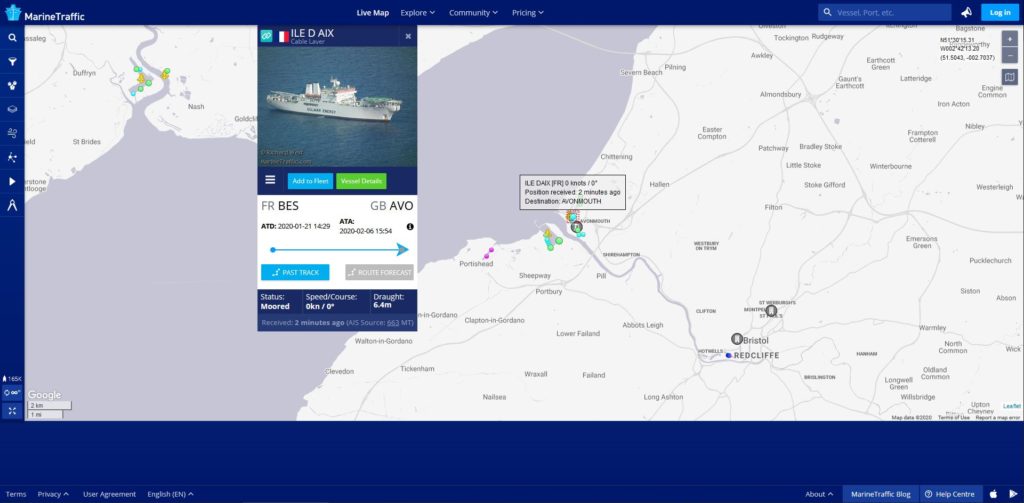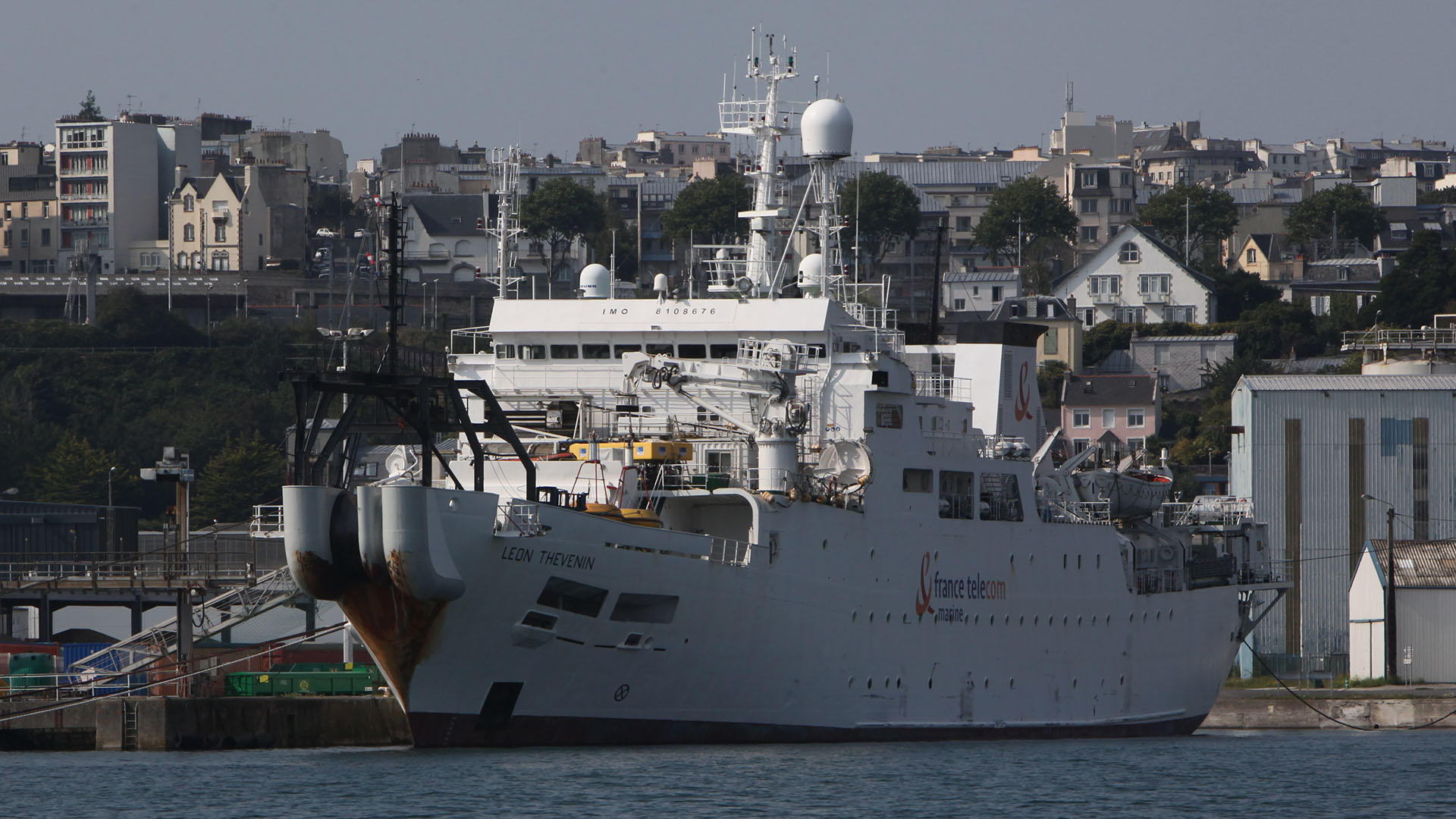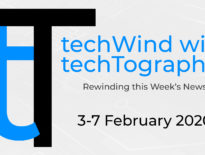Photo Credit: Rama, Wikimedia Commons, Cc-by-sa-2.0-fr (Cropped). Title: The cable layer Léon Thévenin moored in Brest harbour
Just a quick update on the WACS cable fix, of, and another fix.
Good News
WACS
The WACS cable break near Luanda, Angola at the WACS S1i site has been fixed, according to the South African National Research Network (SANReN) and the Tertiary Education and Research Network of South Africa (TENET).
SAT3
The Leon Thevenin has reached the SAT3 repair site on the 6th of February 2020 and already started repairs which will hopefully be done on the 17th of February 2020.
SAT-3 Update: SAT-3 repairs commenced yesterday 06 Feb 2020. The tentative repair completion date is 17 Feb 2020.
— REN Alerts (@RENAlerts) February 7, 2020
Not so Good News
WACS UK
There is another cable break on the WACS cable near the UK at the WACS S4 site.
According to and MarineTraffic and philBE on Twitter, the Ile-d’Aix vessel, allocated to repair the UK break, is still docked at the Avonmouth Port in the UK. It will hopefully leave the port of Avonmouth “in the next day or so” to attend to the break. Here is a link to the ship’s live position.

06FEB20 WACS Cable Fault Repair campaign: ??UK Segment 4 ❌
— philBE (@philBE2) February 6, 2020
??? CS Ile-d’Aix, assigned to repair the WACS cable Segment 4 fault
currently on standby in UK Avonmouth port ATA 06FEB20 15:54 UTC,
ready to sail to presumed nearby fault grounds.@ASN_comm @TelkomZA @Angola_cables pic.twitter.com/kafvSD1Fes
REN Alerts on Twitter reported the repair to be completed on the 12th of February 2020 which will restore end-to-end connectivity from Yzerfontein, South Africa all 14,530km to Seixal, Portugal.
WACS UK side break: Revised ETR for cable repair is 12 Feb 2020.
— REN Alerts (@RENAlerts) February 7, 2020
UK Break and South Africa
The break near the UK doesn’t mean that the internet in South Africa will be slow. Bear with me here. Traffic to and from the Americas, for example, can be routed through exchanges at Luanda, Angola where the WACS, SAT3 and ACE cables (all running along the west coast of Africa) meet the South Atlantic Cable System (SACS), running to Fortaleza, Brazil, which has no less than 8 exchange points. From there traffic can be routed through several other undersea cables to the south of South America or up north to North America.
Traffic to the UK can be routed through exchanges up along the east coast of Africa using the EASSy and Seacom cables.
In short, only traffic coming and going to Europe may be affected by the UK break.
Exchange Point
An exchange point is a
physical location through which Internet infrastructure companies such as Internet Service Providers (ISPs) and CDNs connect with each other
Cloudflare
It’s like highways with different names that have different purposes, owned by different people, meeting at a single petrol station. Providers can then have their traffic run through other networks should something go wrong on their network or shorten the distance between points. Thanks to the exchange points in Durban, Johannesburg and Cape Town, South Africa’s internet kept working during the WACS cable break. Read more on how exchange points work, here.
Follow the Story
- Why the internet was so slow
- The ship not being able to leave Cape Town harbour
- Updates from three ISPs
- The day the vessel left Cape Town harbour
- Leon Thevenin arrived in Angolan waters
- First repair update and how our internet is still functioning
- Repairs could be done two days ahead of schedule
Closing
While not being sure exactly when the internet routing at exchange points will be switched back and we will be running at full speed again, we know now that the cable has been fixed and the next break is being attended to and traffic from and towards the UK can be routed through other cables to not lose complete connectivity.
Let’s take a moment and give a well-deserving applause to the hard-working cable repair personnel.




